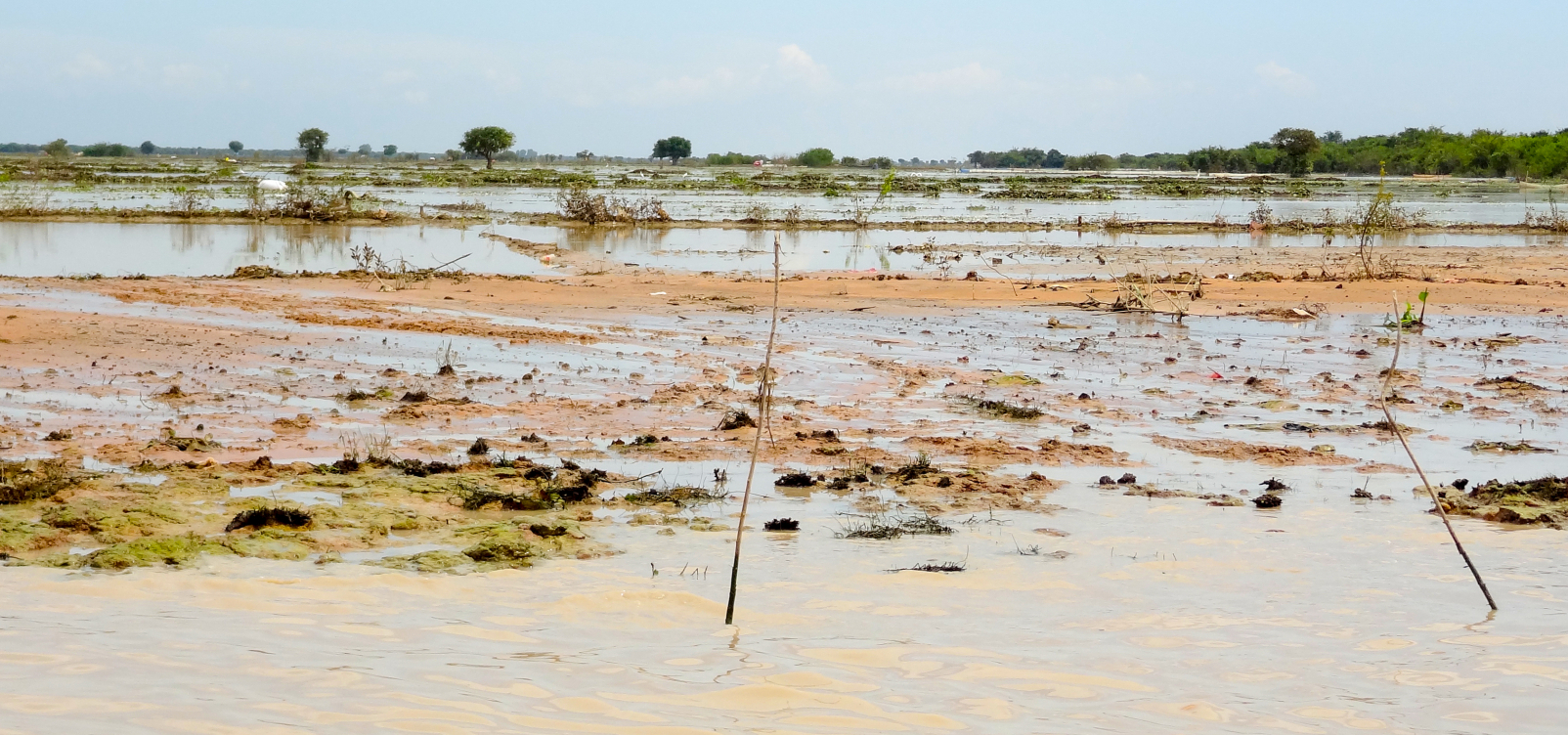The day is an opportunity to acknowledge the progress being made toward reducing disaster risk and losses in lives, livelihoods and health in line with the Sendai Framework for Disaster Risk Reduction 2015-2030.
In a year when a great number of people have died and fallen ill because of the COVID-19 pandemic, the Secretary-General’s Special Representative for Disaster Risk Reduction, Mami Mizutori, said:
“We have learned from the worst single disaster of the 21st century so far, that if we do not strengthen disaster risk governance to take on the challenge of existential threats, we are doomed to repeat the mistakes of the last eight months which have cost so many lives and damaged the health and economic and social well-being of millions. This year’s International Day for Disaster Risk Reduction is all about governance. You can measure good disaster risk governance in lives saved, reduced numbers of disaster-affected people and reduced economic losses. COVID-19 and the climate emergency are telling us that we need clear vision, plans and competent, empowered institutions acting on scientific evidence for the public good."
Find out more about the day and how to engage on the dedicated webpage by UNDRR.
New MOOC on transboundary water governance
Highlighting the importance of governance, GWP, GEF IW:Learn and Partners recently opened a MOOC on “Governance for Transboundary Freshwater Security."
The MOOC topics are covered in six modules, ranging from the fundamentals of transboundary water security to international water law, water diplomacy, negotiations, institutions, management tools, and sustainable finance. The lectures and presentations - provided by 80 experts worldwide - highlight the importance of water security and climate resilience as part of the catalyzers for water related disasters. Used together, all the content aims to build a greater understanding on the key elements that make up a transboundary water governance process.
Photo by Mostphotos.com/Achim Prill

